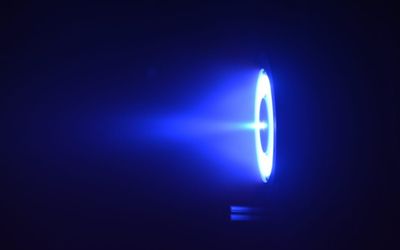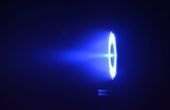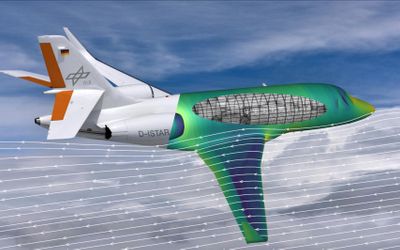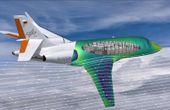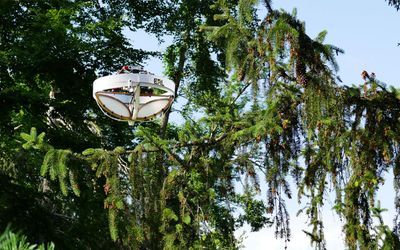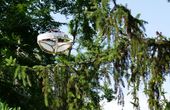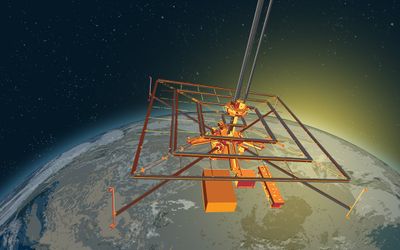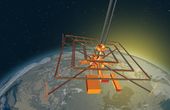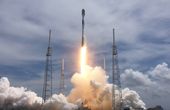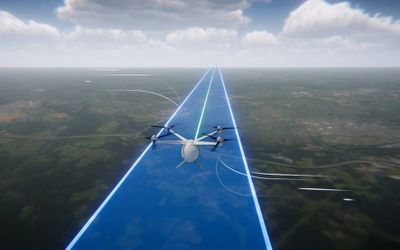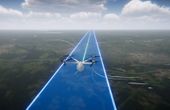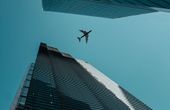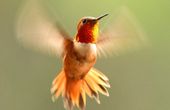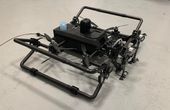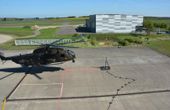Category
Aerospace
Latest Posts
Decarbonisation of aviation relies on a combination of many incremental steps and outright technological breakthroughs. To succeed, both approaches need to exist inside a collaborative ecosystem. In this spirit, Airbus and two leading European research institutions, DLR and ONERA, are exploring how high-performance computing can improve our understanding of the relationship between aerodynamics and aircraft efficiency.
Ever since the first close-up picture of Mars captured in 1965, the hazy and pink world has revealed its mysterious veil. The pace of human exploration of the unknown universe has never stopped. Over the past decades, we have discovered that today’s Martian wasteland hints at a once active world where volcanoes raged, and flash floods rushed over the land.
Tabletop exercises allow researchers to explore options and test scenarios in fields from military strategy and cybersecurity to disaster response planning. Now, NASA is using tabletop exercises to test how electric air taxis will fit safely into the national airspace – allowing passengers to one day hop across town or to a neighboring city by using new highways in the sky.
Hummingbirds have extreme aerial agility and flight forms, which is why many drones and other aerial vehicles are designed to mimic hummingbird movement. Using a novel modeling method, researchers gained new insights into how hummingbirds produce wing movement, which could lead to design improvements in flying robots.
Researchers at the German Aerospace Center (Deutsches Zentrum für Luft- und Raumfahrt; DLR) in Göttingen have visualised the main cause of noise from a heavyweight helicopter in flight. To do this, they conducted flight tests with a CH-53G of the German Armed Forces by letting the helicopter 'dance' close to the ground.



